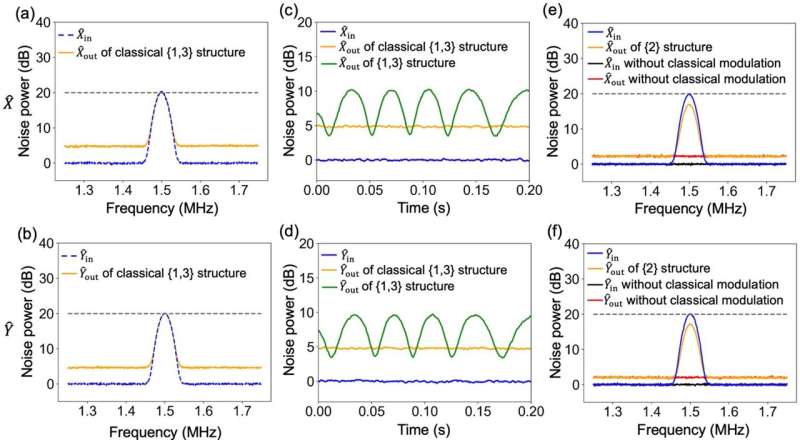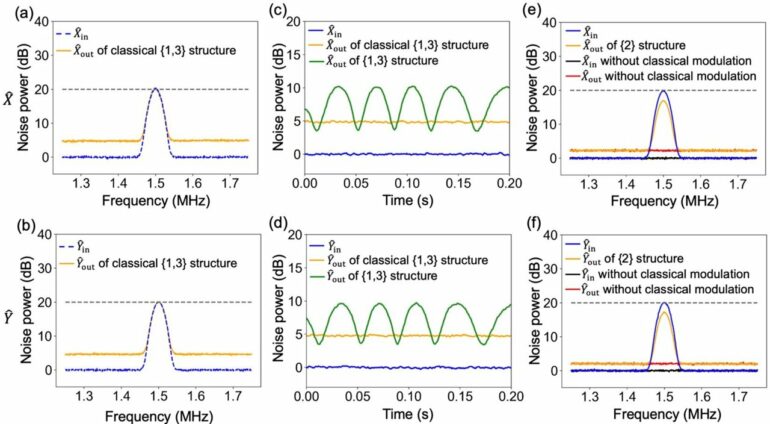Quantum information is a powerful technology for increasing the amount of information that can be processed and communicated securely. Using quantum entanglement to securely distribute a secret quantum state among multiple parties is known as “quantum state sharing.”
An important protocol in quantum networks and cryptography, quantum state sharing works like this (in simple terms): a secret quantum state is divided into n shares and given to n players. The secret state can only be reconstructed if k (where k>n/2) players cooperate, while the remaining n-k players cannot access the information. This protocol can also be used for quantum error correction, allowing the reconstruction of the secret state even if some of the information is lost.
In quantum information, there are two types of systems: discrete variable and continuous variable systems. Discrete variable systems are good because they don’t lose information easily, while continuous variable systems are good because the generation and processing of quantum states are deterministic rather than probabilistic, which enables a high degree of precision.
One thing people have tried to do with continuous variable systems is share quantum states (information) between different places. But to do this, they need to use a technique called electrical feedforward, which involves converting signals between electrical and optical forms. Unfortunately, this technique limits the bandwidth of the quantum state sharing process.
An all-optical quantum state sharing protocol promises a way to share quantum information using light, without converting it into electrical signals. This protocol has been proposed theoretically, but it has not yet been implemented because it is difficult to control the noise that is naturally present in the amplified output state of certain types of optical devices.

The typical noise power results for {1,3} reconstruction structure and the corresponding adversary structure {2}. (a) and (b) show the quadrature variances with classical modulations for the input secret state and the output state of classical {1,3} structure. (c) and (d) show the quadrature variances without classical modulations for the input secret state, the output state of {1,3} structure, and the corresponding classical {1,3} structure. (e) and (f) show the quadrature variances of {2} structure. © Yingxuan Chen, East China Normal University
As reported in Advanced Photonics, researchers from East China Normal University recently implemented such a system successfully. They used a low-noise amplifier that is based on a four-wave mixing process to replace the electrical feedforward device.
With this new method, they were able to share quantum states between two or more players, where any two players can work together to retrieve the secret state while the rest of the players get nothing. They tested three different reconstruction structures and found that the average fidelity of all the structures was 0.74 ±0.03, which is better than the classical limit of 2/3. They also verified that this new method can be used within a certain range of bandwidth.
According to corresponding author Jietai Jing, Professor at East China Normal University’s State Key Laboratory of Precision Spectroscopy, “This study aims to eliminate the bandwidth limit of the quantum state sharing process in the continuous variable system. The experimental results provide an all-optical platform for implementing all-optical quantum state sharing.” He adds, “This research paves the way to construct an all-optical broadband quantum network.”
More information:
Yingxuan Chen et al, Deterministic all-optical quantum state sharing, Advanced Photonics (2023). DOI: 10.1117/1.AP.5.2.026006
Citation:
A new way to share secret information, using quantum mechanics (2023, April 12)
